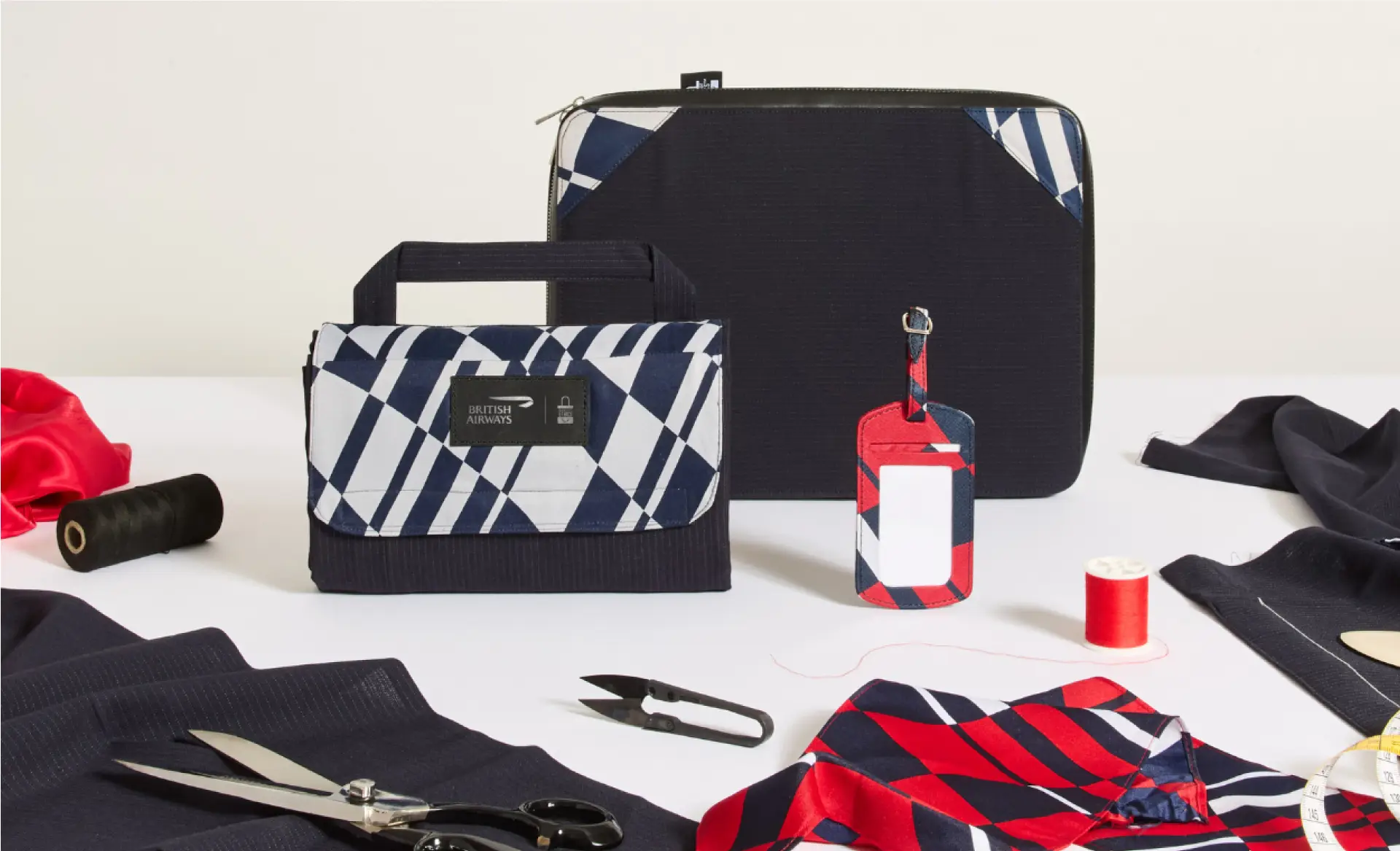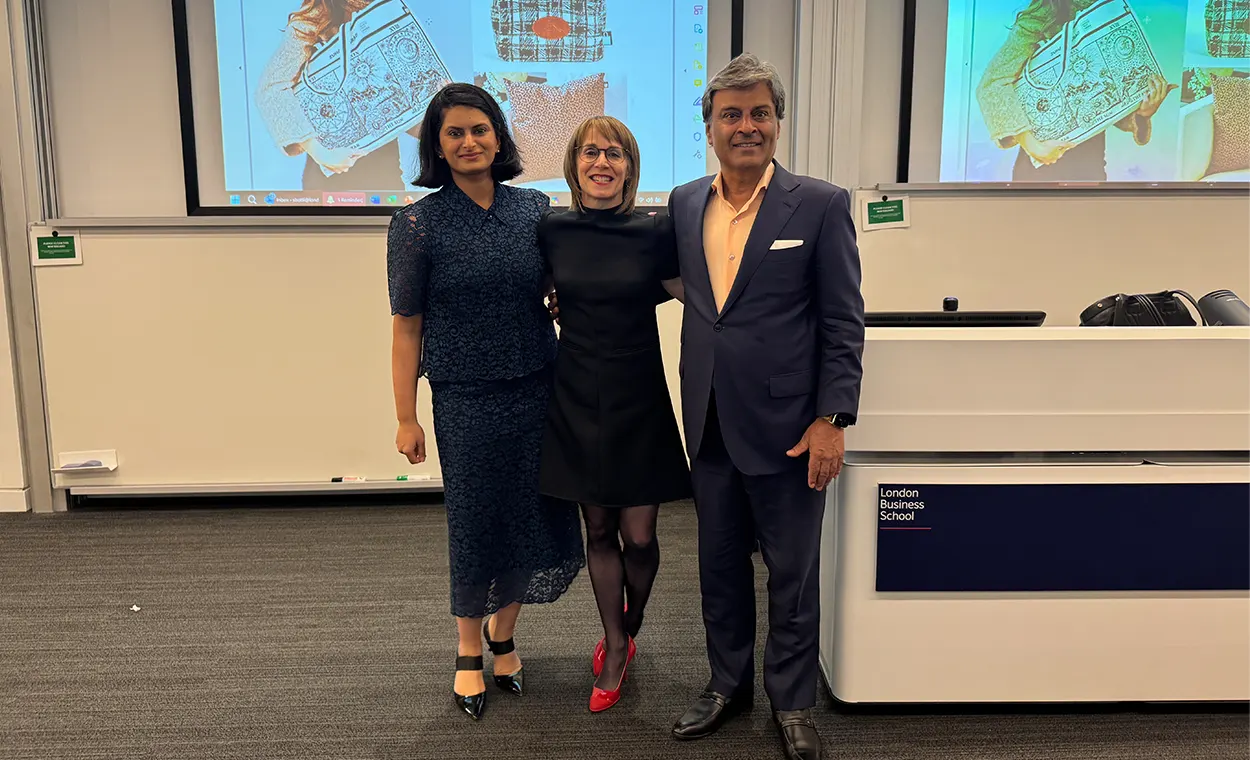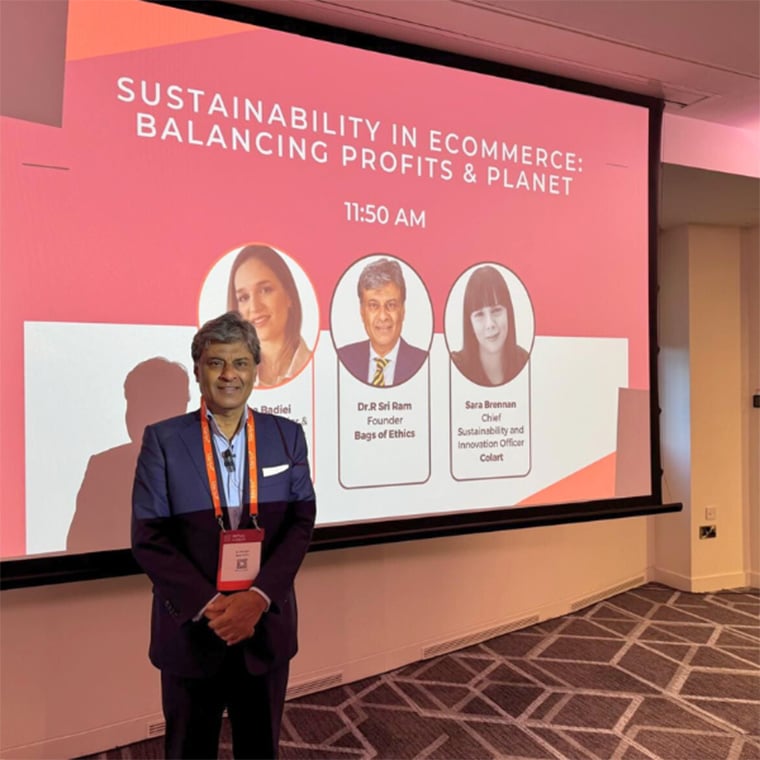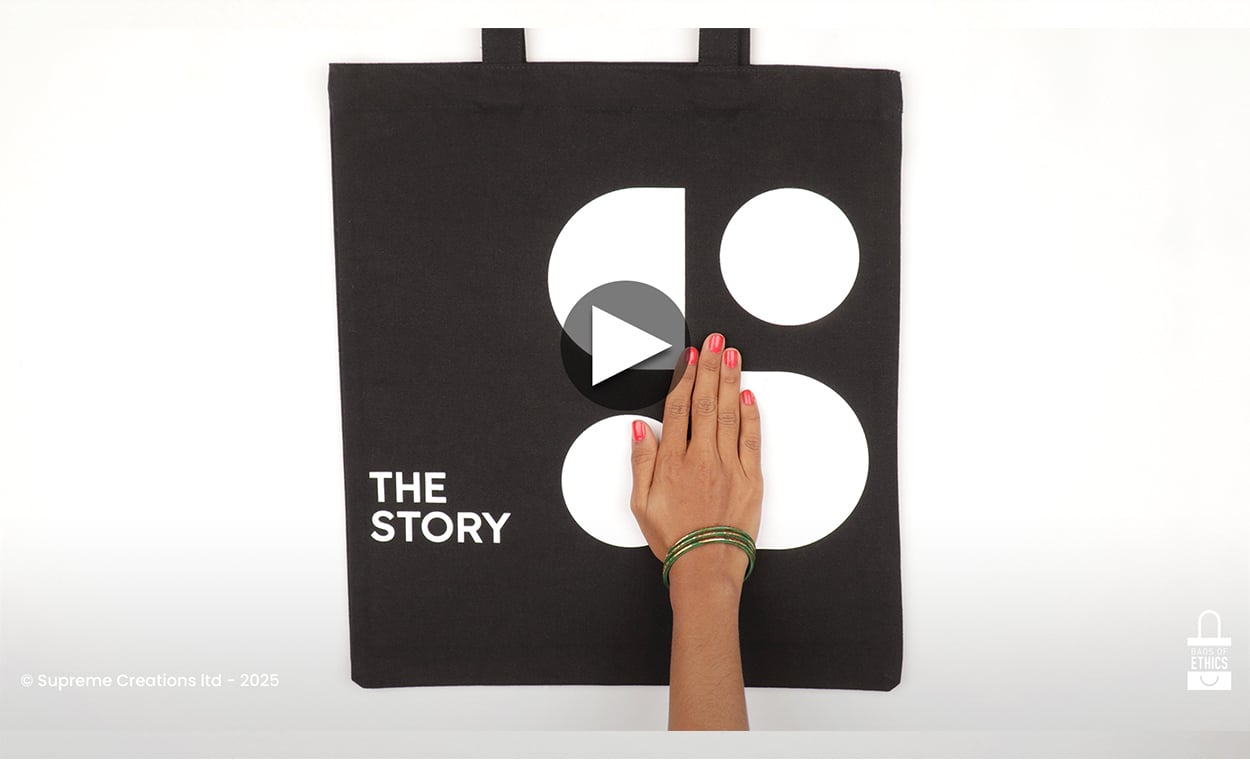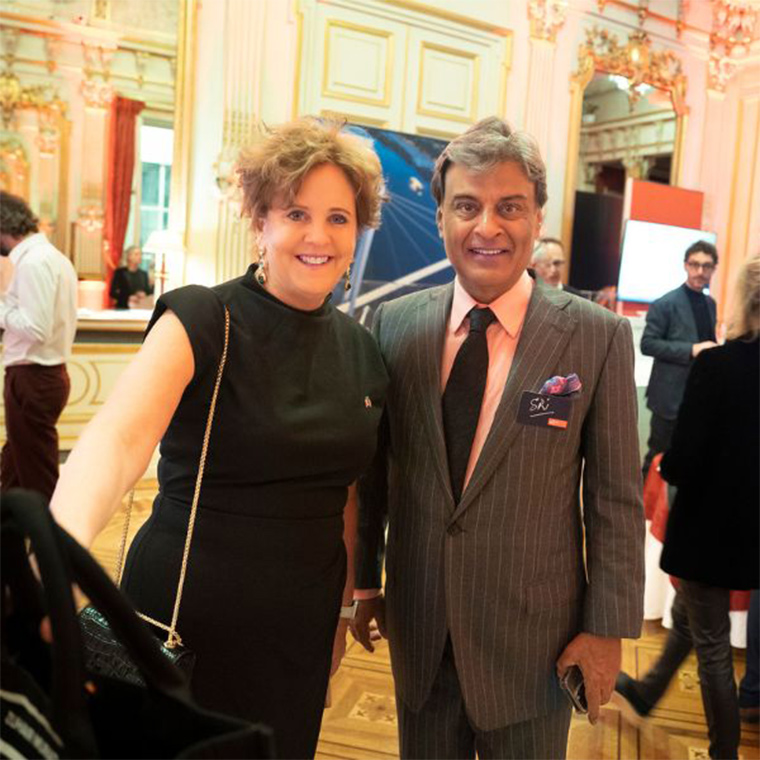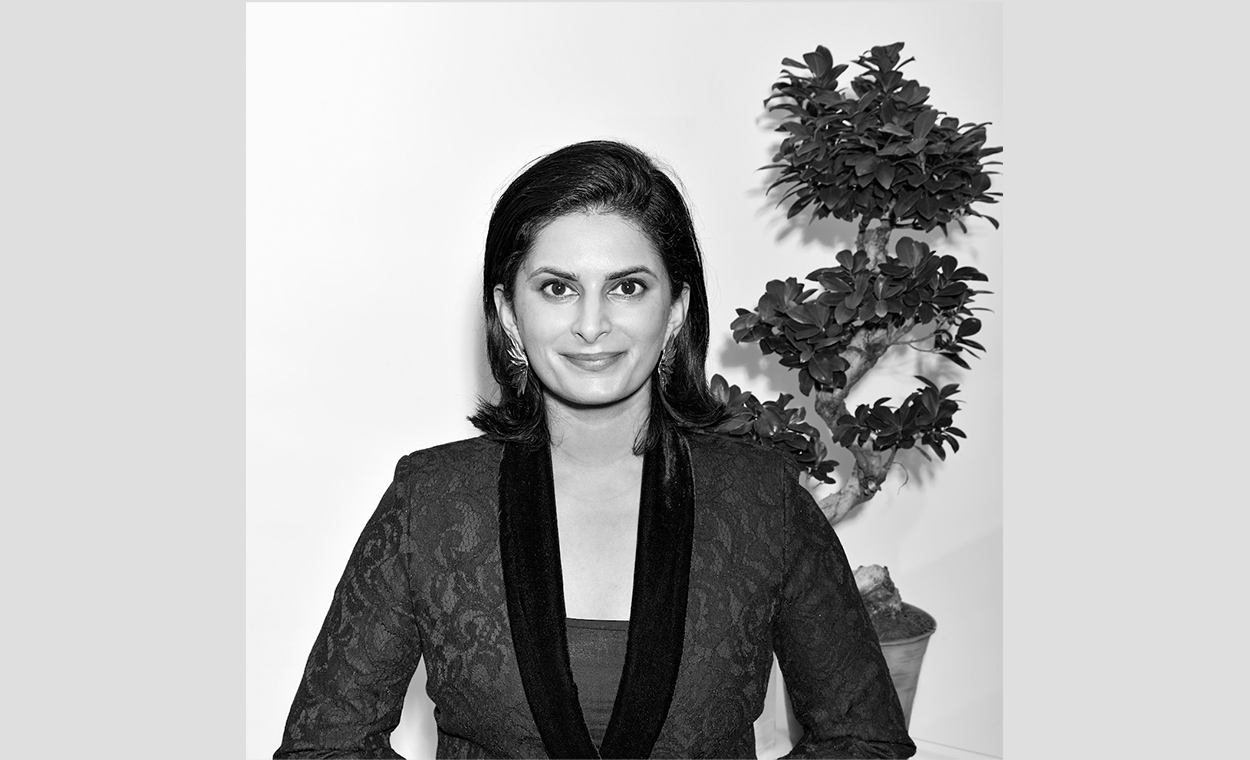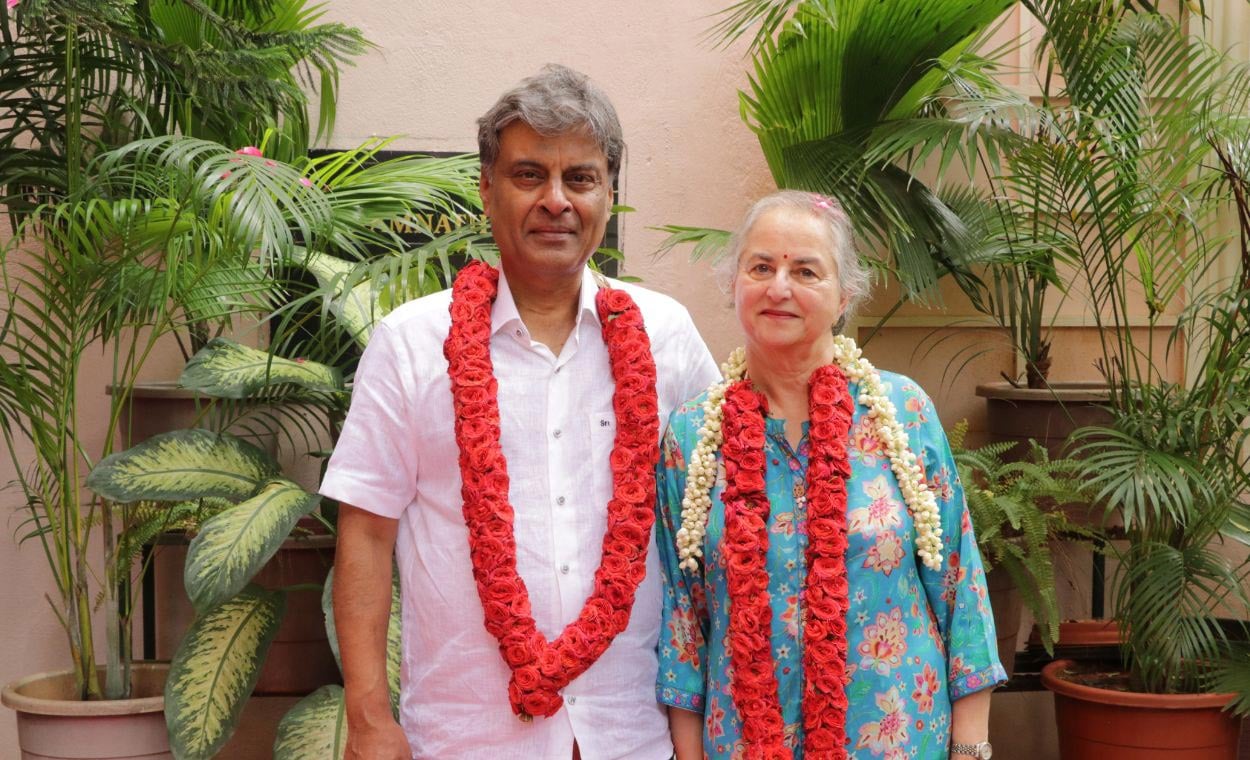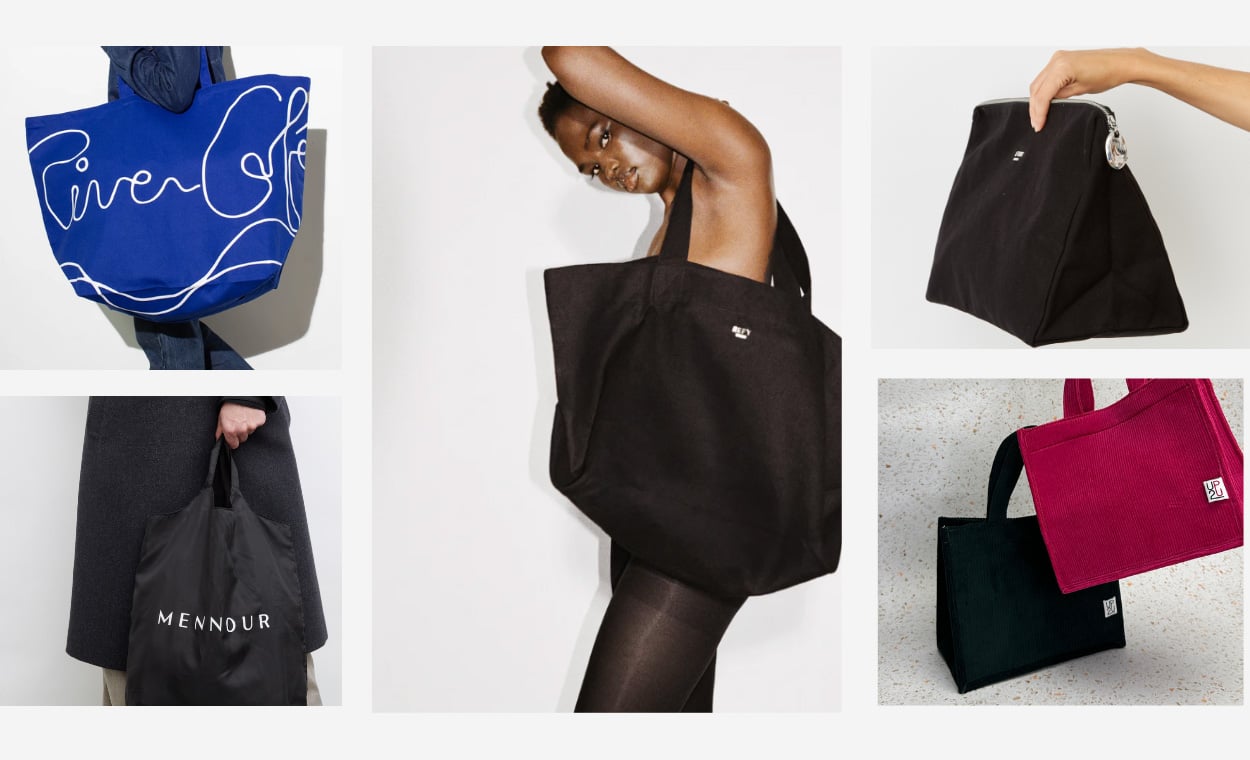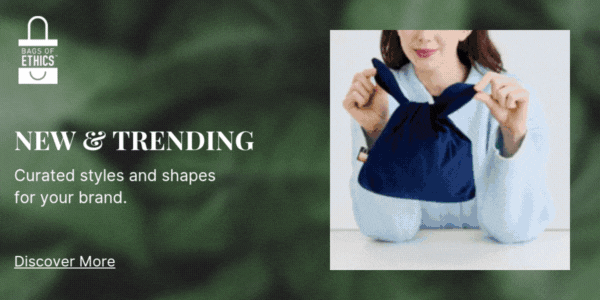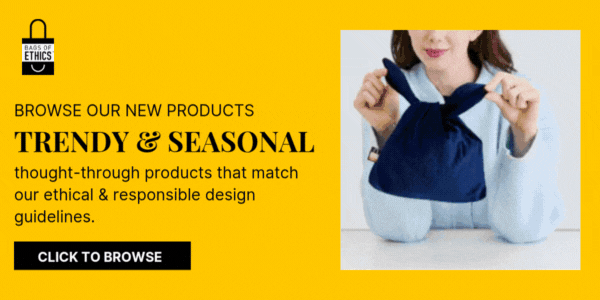Choosing a fibre from a design perspective can be challenging enough, but the fibre that a fabric is made from also has numerous environmental and social impacts. It can be difficult to work out the best option when selecting a fibre.
Introducing Fibre Focus, our fabric blog that breaks down the various impacts of a fibre from an environmental, social justice and design standpoint. It is important to also consider any potential impacts a fibre might have if it were to become more popular.
Design advantages :
- Strong, long and durable fibres
- Derived from a wasted byproduct of the fruit industry
- Because it is a byproduct, the cost of producing pineapple fibre is negligible
- Pineapple fibre is vegan
- The fabric is easy to cut, stitch and dye
- Can be produced in a non-woven mesh
Design disadvantages :
- Pineapple trees take a long time to grow
- The fabric is expensive at the moment
Environmental impacts :
- Created from a byproduct of the fruit industry – so no additional raw materials or resources are required to produce fabric
- Natural, derived from pineapple leaves, not petrol
- Biodegradable, pineapple fabric will degrade back to nature instead of lurking in landfill releasing harmful greenhouse gasses
- Animal-free
- Pineapples grow well organically
- Pineapple leaves must be imported to countries where pineapples do not grow naturally, this uses air miles and fuel
- Closed-loop production is possible for this fabric
Social impacts :
- Provides a second stream of income for pineapple farmers
- Vegans can enjoy leather-like pineapple fabric
- Adding value to byproducts can provide income to farming communities
Positive potential impacts :
- Fewer chemical pesticides in the environment
- A decreased water footprint
- Decreased farmer dependence on large chemical companies
- Preservation of air, water and soil quality
- Extra income generated for pineapple farmers
- Decreased presence of animal leather in the textile marketplace
Negative potential impacts :
- Job loss for farmers in other fibre industries, and therefore a loss of income
- Job loss in chemical industry
So there you have it, a simple breakdown of pineapple farbic’s impacts that you can keep in mind when buying, sourcing or designing.
Fibre Focus: Pineapple
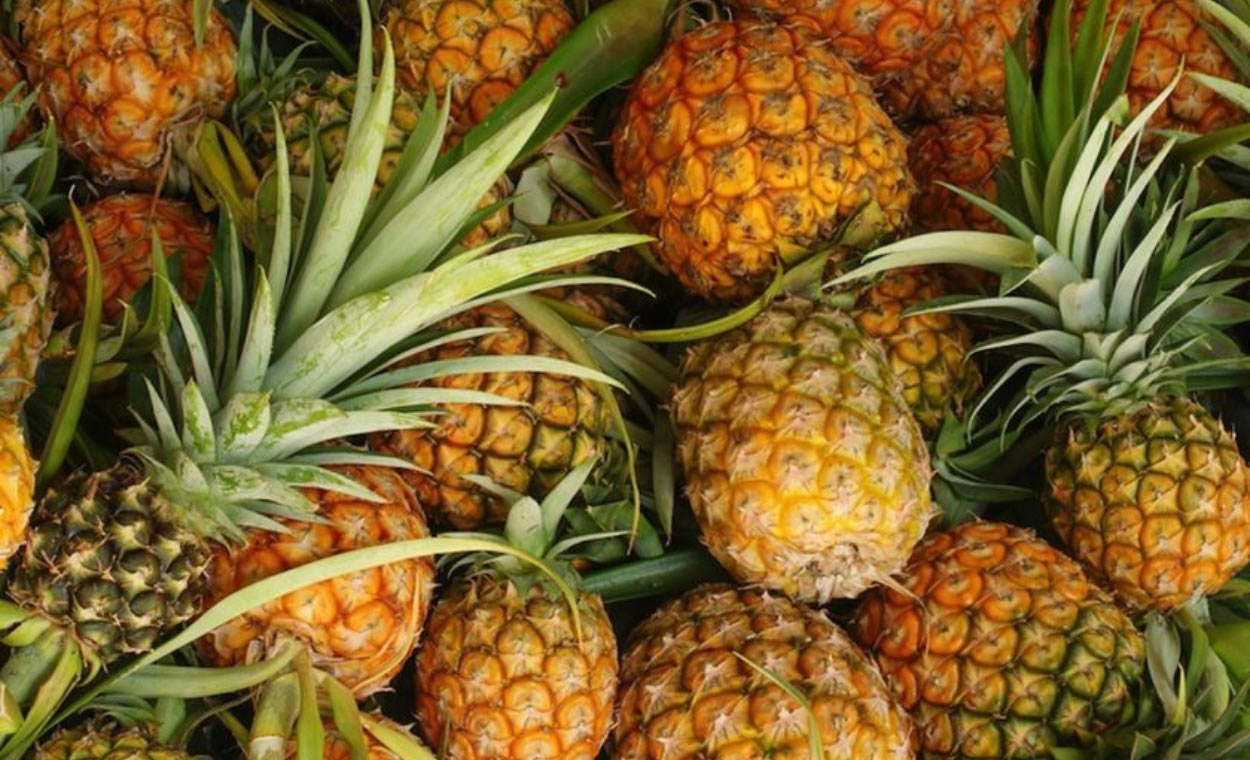








 France
France
 Germany
Germany
 Italy
Italy
 Spain
Spain
 United States
United States
 India
India
